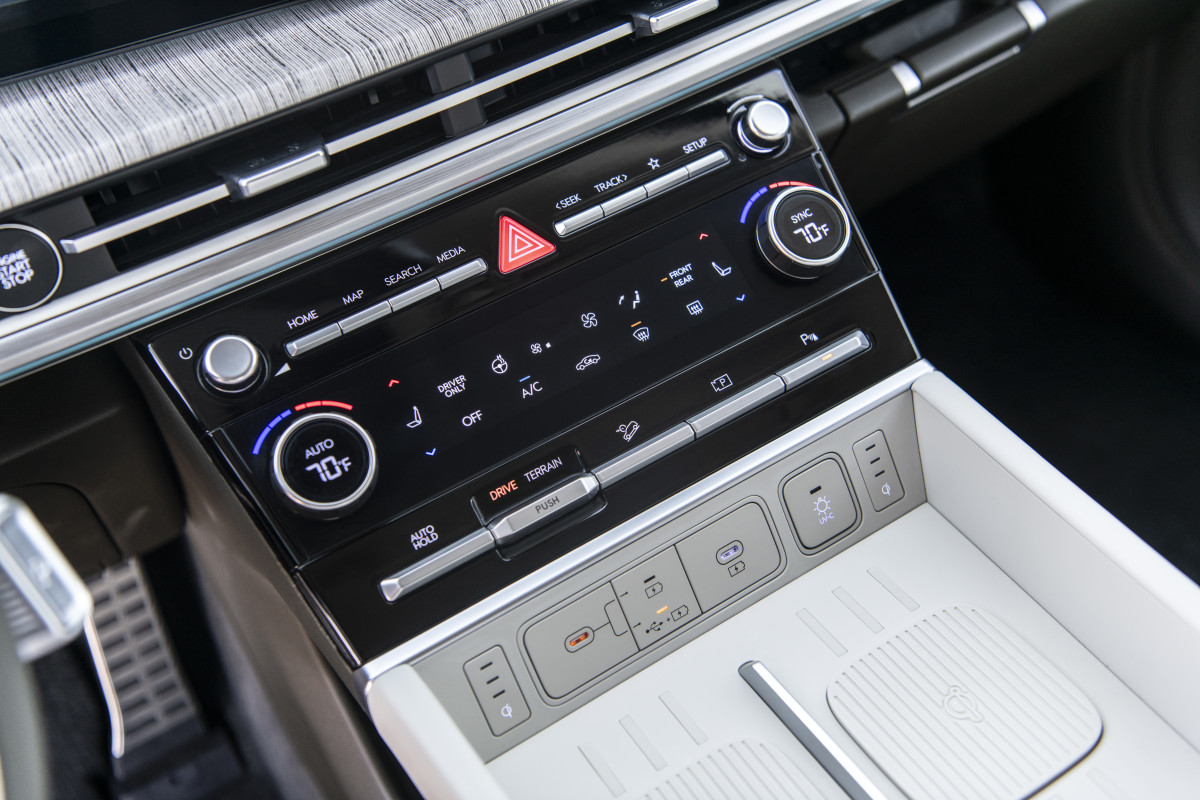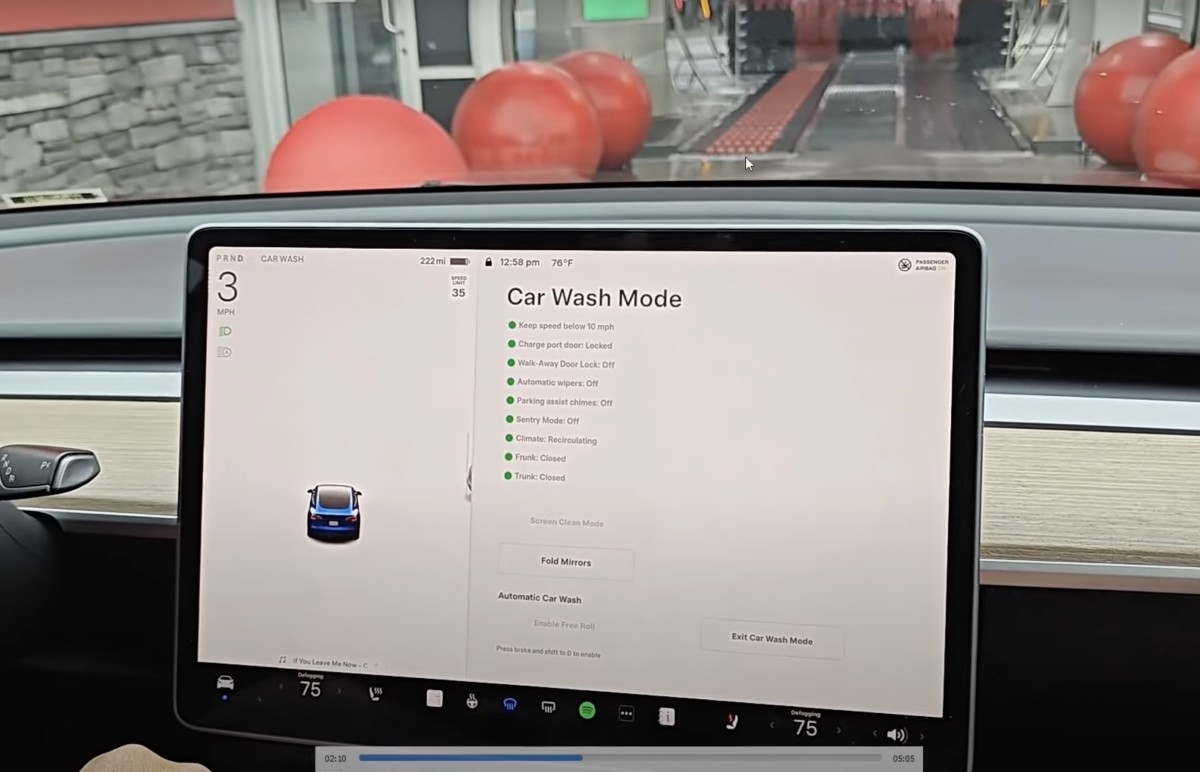Korean automakers are leading the way for in-vehicle tech
In-vehicle tech is a hot topic right now, as brands continue replacing traditional control interfaces with touchscreens, capacitive controls, and artificial intelligence. A lot of these features appear dazzling on the showroom floor, but they end up frustrating drivers in normal use.
To understand how drivers are responding to new technologies, J.D. Power has just released the results of its 2025 U.S. Tech Experience Index (TXI) Study, which is now in its 10th year. The results indicate which tech features are actually enhancing the ownership experience and which ones are not, so let’s take a closer look.
Related: Ferrari Just Fixed The Most Annoying Thing About New Cars
One Driver-Assistance Feature Is A Big Hit
This year’s study is based on responses from 76,230 owners of 2025 vehicles, who were surveyed three months after taking ownership. Only vehicles registered between March 2024 and February 2025 were involved in the study.
While many driver-assistance technologies are distracting to the point where drivers switch them off, blind-spot cameras were a hit, with 93% of respondents claiming to use this system most of the time. 74% of drivers say they would like to see this feature in a future vehicle they may own—perhaps no surprise since blind spots in modern cars are getting larger.
By automatically spotting a hazard in one’s blind spot, driving is safer and the chance of a crash is lowered. The Hyundai Santa Fe received this year’s driver assist award for the performance of its blind-spot camera.

Elsewhere, smart climate control systems that automatically adjust interior heating and cooling are getting better. These systems are less problematic than they were, and since climate control is used so often, a seamless system significantly impacts overall vehicle satisfaction. Overall, smart technologies that anticipate an owner’s needs—like climate control, driver preferences, and smart ignitions—rank highly for customer satisfaction and a low number of problems.
“Smart technologies appear to not only anticipate the driver’s needs but also reduce the cognitive workload and some of the difficulties that drivers face with digital systems,” said Kathleen Rizk, senior director of user experience benchmarking and technology at J.D. Power. “Ultimately, what matters most to vehicle owners—and therefore to automakers and suppliers—is how useful the technology is and whether it enhances their driving experience.”
J.D. Power also claims that in-vehicle payments are making a comeback, with 62% of owners interested in this feature.
Car Wash Mode And Biometric Authentication Need Improvement

There are quite a few technologies that either don’t work as intended or have proven to be problematic.
Car Wash mode, which is meant to prepare a vehicle for a car wash by, for instance, closing the windows and disabling the wipers, didn’t impress owners. Many said the function was hard to find in the infotainment system, causing delays when waiting in line at a car wash. 15% of respondents say the feature takes too long to prep the car, also wasting time. Ultimately, it’s a function with potential, but the execution is lacking.
Some of the most problematic tech features are biometric authentication, touchless or hidden controls, and direct driver monitoring systems. Some of these functions require connectivity, which can be inconsistent, while others are hit or miss as to when they work properly.
Korean Brands Outshine Japanese Competitors
2025 Hyundai Santa Fe Hyundai
View the 2 images of this gallery on the
original article
The brand rankings make for interesting reading, with Hyundai, Kia, Mitsubishi, GMC, and Mini topping the rankings in the mass-market category for their advanced, user-friendly tech. Three Stellantis brands—Jeep, Ram, and Chrysler—found themselves at the bottom of the pile.
In the premium segment, the top 5 brands were Genesis, Cadillac, Lincoln, BMW, and Mercedes-Benz. Audi, Jaguar, and Acura were ranked last.
Studies like the TXI are gradually adapting to rapidly advancing vehicle features and control interfaces, and safety regulators are doing the same. Both Euro NCAP and ANCAP are set to introduce new rules that will assess in-vehicle controls and technologies for ease of use; points will be deducted for controls that are distracting.
For automakers, the message is clear: Simply cramming vehicles full of tech isn’t good enough anymore. These gizmos should actually enhance the ownership experience, not dilute it, and safety should never be compromised.